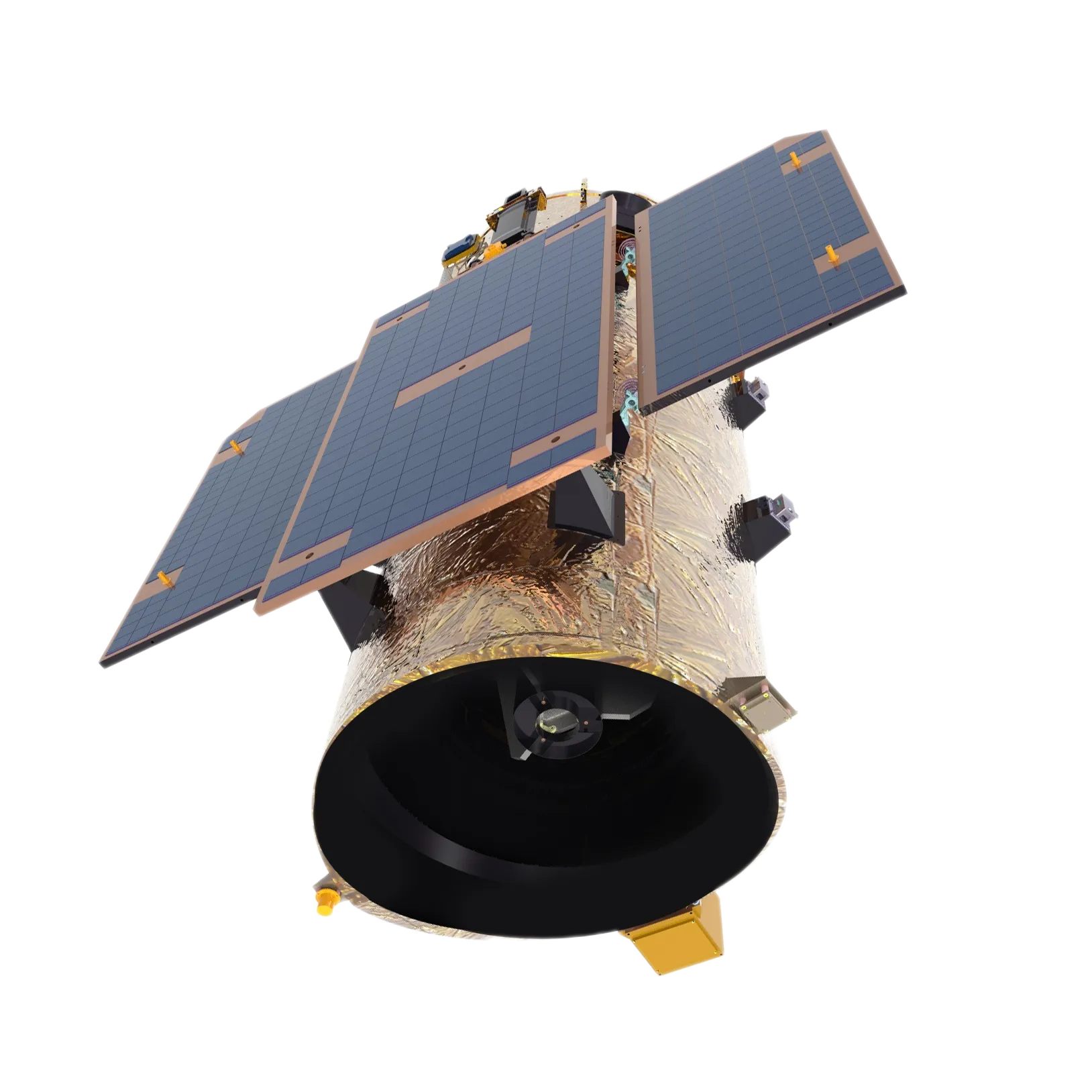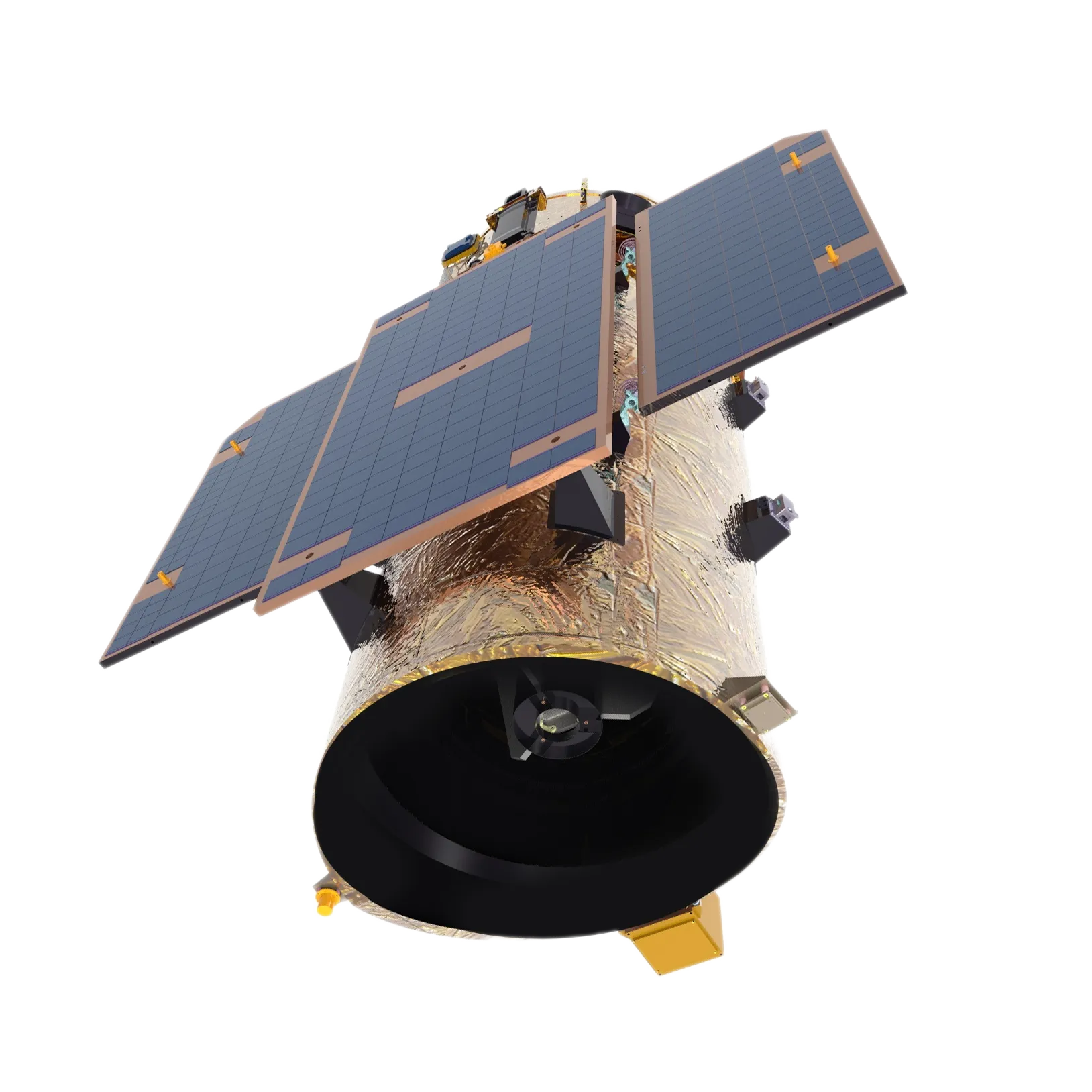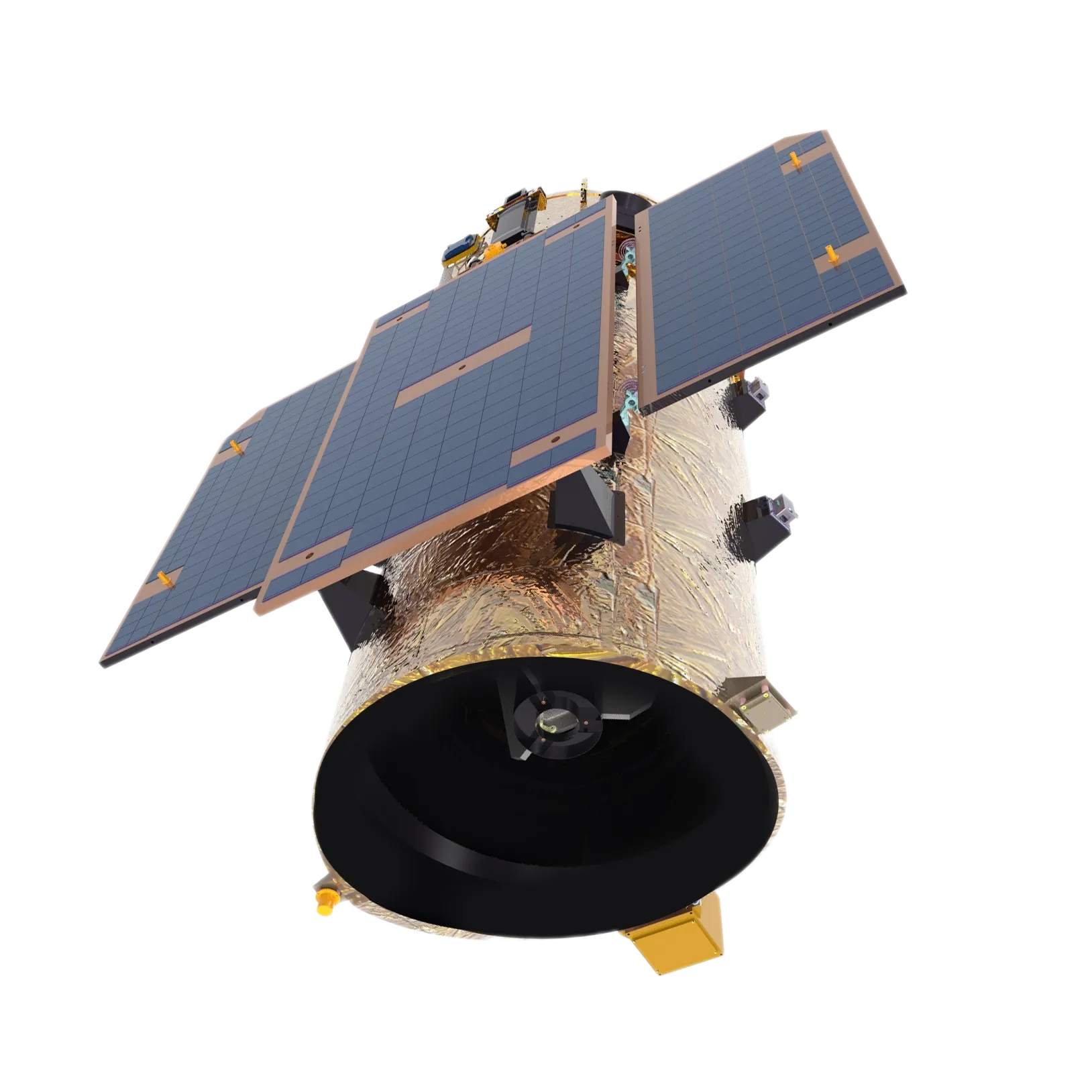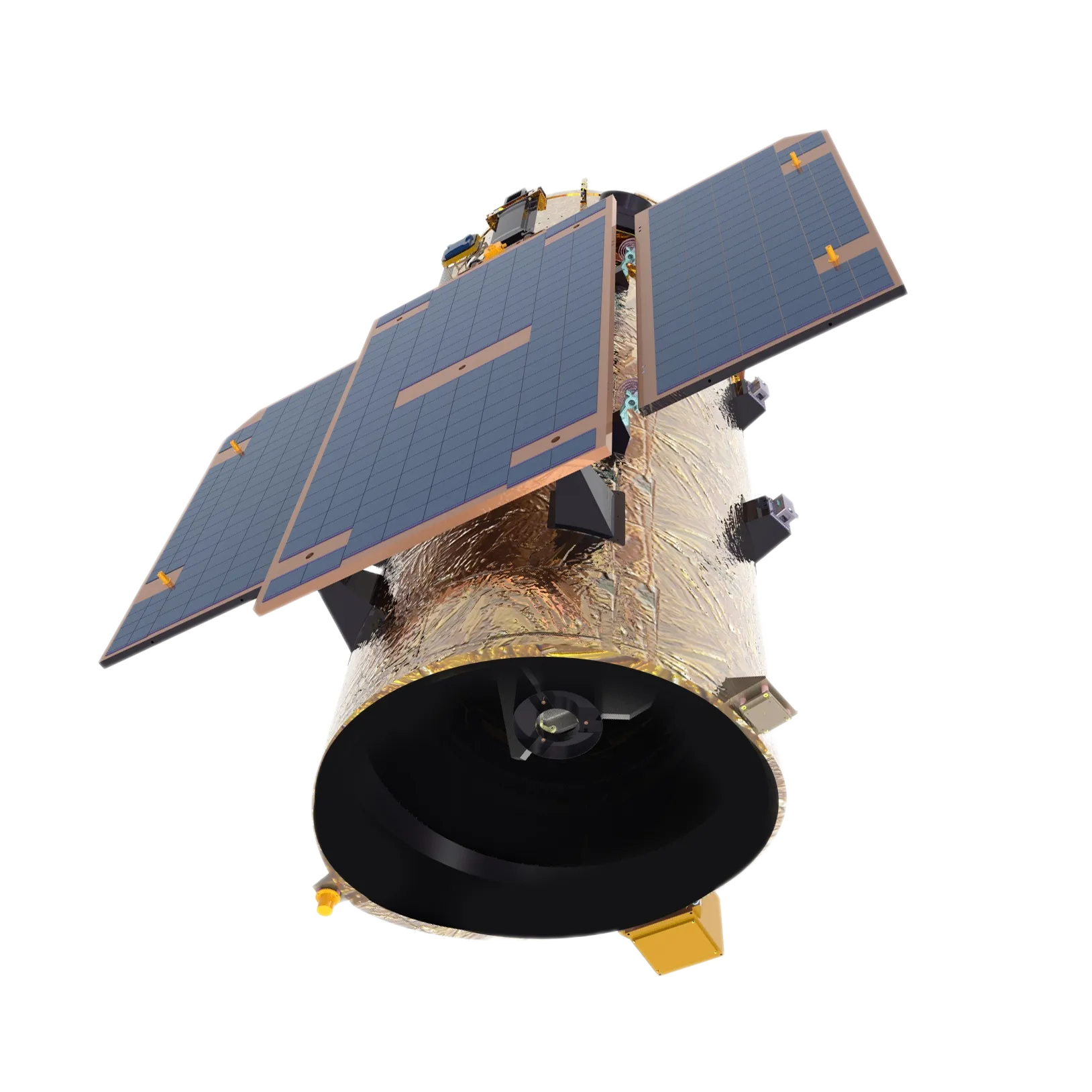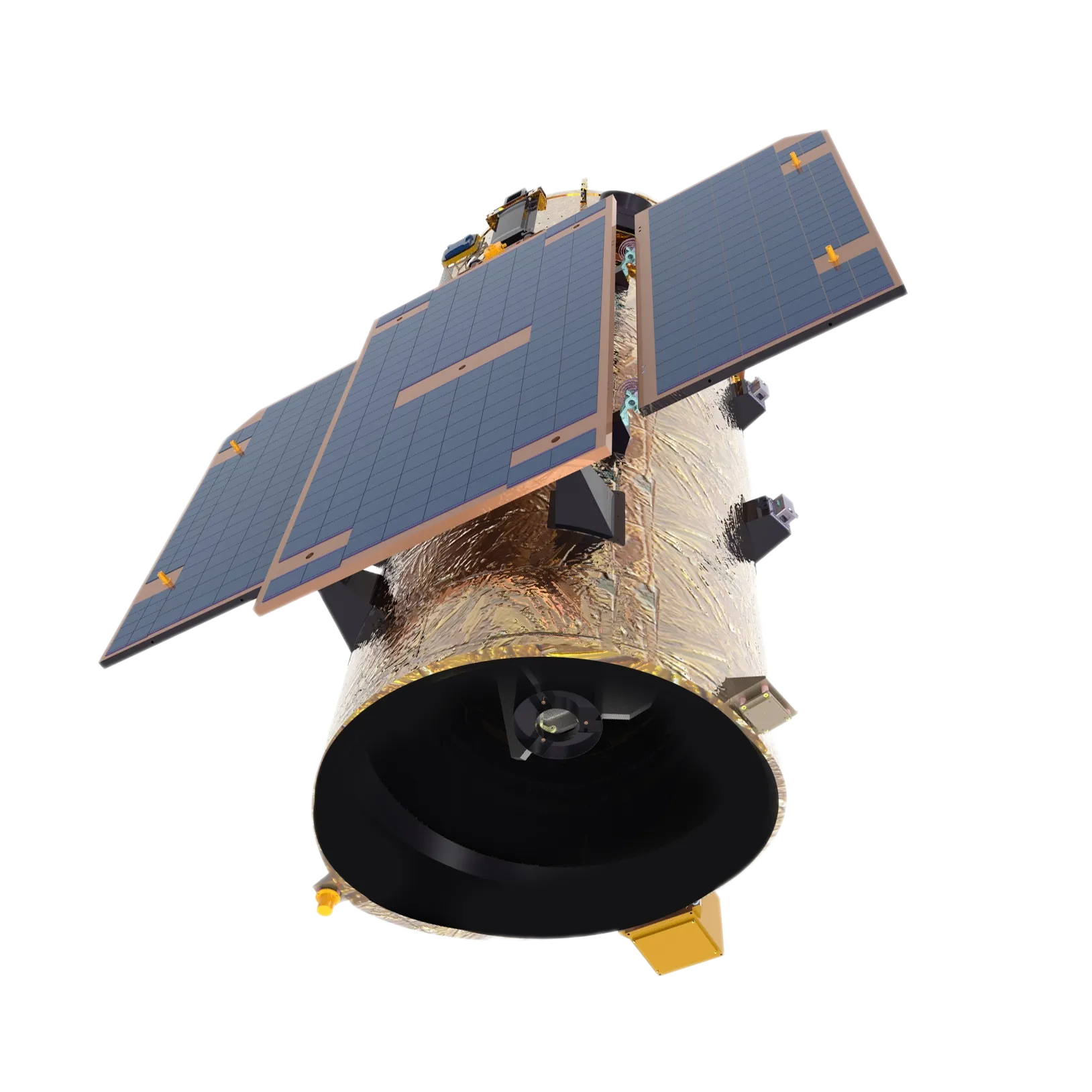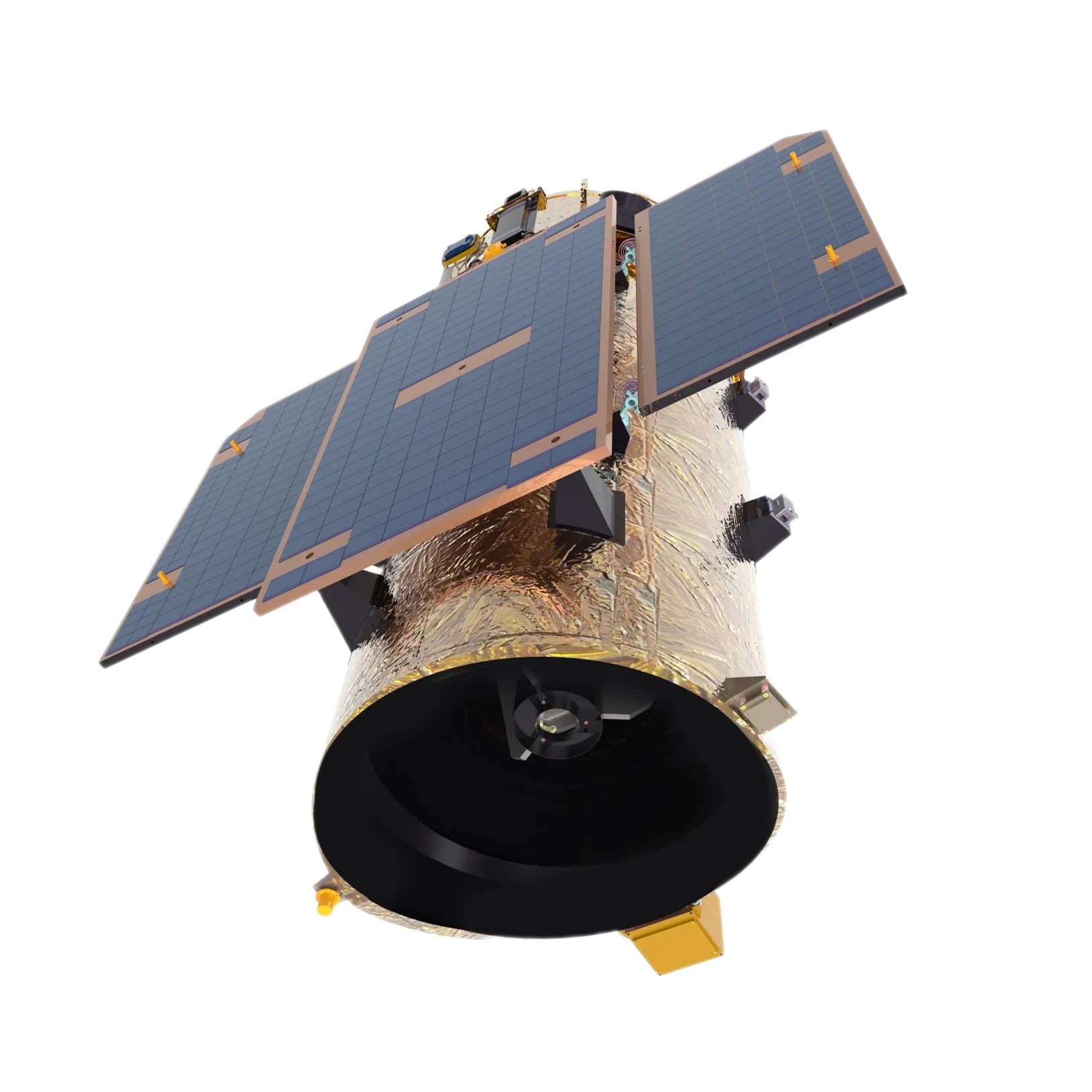Warning: Undefined array key "array_term_id" in /home/www/wwwroot/HTML/www.exportstart.com/wp-content/themes/1371/header-lBanner.php on line 78
Warning: Trying to access array offset on value of type null in /home/www/wwwroot/HTML/www.exportstart.com/wp-content/themes/1371/header-lBanner.php on line 78
Advanced Multispectral Satellites for Precision Imaging
Unlocking New Insights with Advanced Multispectral Satellite Technology
In an era driven by data, the ability to observe and analyze our planet from above with unparalleled precision has become a critical differentiator across numerous industries. Multispectral satellite technology stands at the forefront of this revolution, providing invaluable insights by capturing light across various spectral bands, far beyond what the human eye can perceive. This advanced capability allows for the detailed characterization of Earth’s surface features, monitoring environmental changes, and facilitating informed decision-making for businesses, governments, and research institutions worldwide. Space-Navi's Multispectral GP Satellite represents the pinnacle of this technology, engineered to deliver robust and reliable data streams for demanding B2B applications, from resource management to defense intelligence.
The demand for high-resolution multispectral satellite imagery is rapidly accelerating, driven by the expansion of precision agriculture, smart city initiatives, disaster response, and environmental conservation efforts. This surge underscores the critical need for advanced satellite systems capable of providing consistent, high-quality data. Our commitment at Space-Navi is to empower industries with the tools necessary to unlock complex patterns and make data-driven decisions that impact profitability and sustainability. The integration of cutting-edge sensor technology and sophisticated data processing algorithms ensures that our solutions meet the rigorous demands of modern geospatial intelligence.
Industry Trends and Technological Advancements in Multispectral Imaging
The landscape of Earth observation is continually evolving, with significant trends shaping the future of multispectral satellite imagery. Miniaturization and increased launch frequency are making satellite data more accessible and affordable, democratizing access to powerful insights. Concurrent advancements in artificial intelligence (AI) and machine learning (ML) are transforming raw satellite data into actionable intelligence, enabling automated feature extraction, change detection, and predictive modeling. The integration of AI algorithms allows for the rapid processing of vast datasets, identifying anomalies and trends that would be impossible to discern manually.
Another crucial trend is the move towards constellations of smaller, highly agile satellites, enhancing revisit times and providing near real-time monitoring capabilities. This shift ensures more frequent updates on dynamic phenomena, from agricultural crop health to disaster zones. Furthermore, the push for higher spectral and spatial resolution continues, allowing for more granular analysis and the discrimination of subtle differences on the ground. Space-Navi's Multispectral GP Satellite is designed with these trends in mind, offering a scalable and future-proof platform for unparalleled Earth observation, ensuring our clients remain at the forefront of their respective industries by leveraging the latest innovations in multi spectral satellite imagery.
Technical Specifications and Performance Parameters
Understanding the core technical parameters of a multispectral satellite is crucial for assessing its utility and performance across diverse applications. Our Multispectral GP Satellite is engineered to excel in critical areas such as spectral bands, spatial resolution, temporal resolution, and data transmission rates. Spectral bands refer to the specific ranges of the electromagnetic spectrum the sensor can detect, each revealing unique characteristics of the observed surface. For instance, red and near-infrared bands are vital for vegetation health assessment, while shortwave infrared can penetrate smoke and haze, useful for fire mapping or mineral exploration.
Spatial resolution dictates the smallest feature size distinguishable in an image, directly impacting the level of detail available for analysis. High spatial resolution is essential for urban planning and infrastructure monitoring, while broader resolutions suffice for large-scale agricultural surveys. Temporal resolution, or revisit time, specifies how frequently the satellite can capture imagery of the same location, which is critical for monitoring dynamic processes like crop growth cycles or disaster progression. The following table provides a comparison of key parameters for our Multispectral GP Satellite against typical industry standards, demonstrating its superior capabilities in delivering high-fidelity multispectral satellite imagery.
| Parameter | Multispectral GP Satellite (Space-Navi) | Typical High-Res Multispectral Satellite | Benefit of Multispectral GP |
|---|---|---|---|
| Spectral Bands | 8-12 customizable bands (Visible, NIR, SWIR) | 4-8 standard bands (Visible, NIR) | Enhanced feature discrimination, specialized analysis (e.g., mineralogy, water quality). |
| Spatial Resolution (GSD) | 0.5m - 2m (Panchromatic/Multispectral) | 2m - 10m (Multispectral) | Finer detail for urban planning, infrastructure monitoring, precise target identification. |
| Temporal Resolution (Revisit Time) | Daily (taskable) or 1-3 days average | 3-7 days average | Near real-time monitoring for dynamic events, critical for disaster response and agriculture. |
| Swath Width | ~20-30 km at Nadir | ~15-25 km at Nadir | Greater area coverage per pass, reducing collection time and costs. |
| Data Transmission Rate | Up to 1.2 Gbps (X-band) | Up to 800 Mbps (X-band) | Faster data downlink for quicker access to intelligence. |
| Onboard Storage | 5 TB Solid State Drive | 2-3 TB Solid State Drive | Allows for larger data collection per orbit, reducing dependency on ground station access. |
Manufacturing Excellence: The Genesis of Multispectral GP Satellite
The development and manufacturing of a multispectral satellite like our Multispectral GP Satellite is a testament to precision engineering and rigorous quality control. The process begins with the selection of aerospace-grade materials, including specialized aluminum alloys for structural components, advanced composites for thermal stability, and ultra-purity glass for optical elements. Manufacturing processes are meticulously controlled and often take place in ISO Class 5 cleanroom environments to prevent contamination that could compromise sensitive sensors. Core components, such as the satellite bus structure and optical instrument mounts, undergo precise CNC machining to achieve micron-level tolerances, essential for maintaining optical alignment in the harsh space environment.
Key manufacturing steps include precision casting and forging for robust structural elements, followed by multi-axis CNC machining for intricate parts. The integration of the optical payload, including sophisticated lenses, mirrors, and detector arrays, requires expert craftsmanship and specialized calibration. All components and assemblies are subjected to stringent inspection standards, including ISO 9001 for quality management and AS9100 for aerospace quality systems. Environmental testing, such as thermal vacuum cycles and vibration tests, simulates launch and orbital conditions to ensure the satellite's resilience and operational integrity throughout its projected lifespan of 5-7 years. This meticulous approach guarantees that our Multispectral GP Satellite delivers consistent, high-fidelity multi spectral satellite imagery for critical applications.
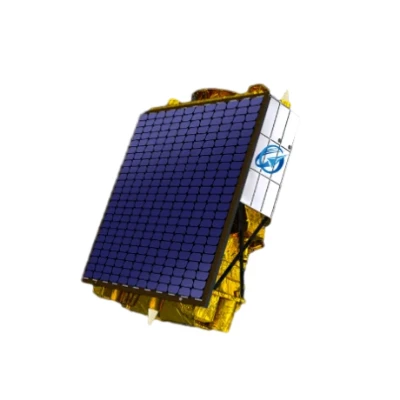
Advanced manufacturing processes ensure the reliability and performance of Multispectral GP Satellite.
The advantages of such precise manufacturing are manifold, translating directly to superior product performance. For instance, the exact calibration of spectral filters and detectors minimizes noise and cross-talk, leading to cleaner data and more accurate spectral signatures. The structural integrity ensures resilience against space debris and radiation, extending the operational lifespan and reducing maintenance costs. This robustness is particularly beneficial in demanding applications like remote sensing for resource exploration, where reliability is paramount. The meticulous attention to detail at every stage of the manufacturing process ensures that the Multispectral GP Satellite is not just a piece of technology, but a reliable partner in critical decision-making across various industries, including environmental monitoring, defense, and agriculture.
Diverse Application Scenarios for Multispectral Imagery
The capabilities of multispectral satellite imagery are incredibly versatile, finding critical applications across a broad spectrum of industries. In agriculture, it enables precision farming by assessing crop health, detecting early signs of disease or pest infestations, optimizing irrigation, and estimating yields, leading to increased efficiency and reduced resource waste. Environmental monitoring benefits immensely from this technology, allowing for the tracking of deforestation, glacier melt, water quality, and changes in land use patterns, providing essential data for climate research and conservation efforts.
Urban planning and infrastructure development rely on detailed multispectral satellite data for mapping urban sprawl, monitoring construction progress, and assessing city heat islands. For defense and intelligence, it offers crucial insights into ground activities, object identification, and terrain analysis, supporting national security operations. Furthermore, in disaster management, rapid post-event imagery provides critical information for damage assessment, guiding relief efforts, and identifying affected areas efficiently. The Multispectral GP Satellite's adaptability ensures it delivers unparalleled value, enabling actionable intelligence across these and many other sectors requiring comprehensive geospatial analysis.
Technical Advantages of Space-Navi's Multispectral GP Satellite
Space-Navi's Multispectral GP Satellite offers distinct technical advantages that set it apart in the competitive Earth observation market. Firstly, its superior data quality, achieved through meticulously calibrated sensors and advanced onboard processing, minimizes atmospheric interference and radiometric noise. This ensures that the multispectral satellite imagery delivered is consistently clear, accurate, and ready for immediate analysis, reducing post-processing efforts for clients. Secondly, the enhanced spectral bands available, including tailored options for specific applications, provide improved feature discrimination. This means finer distinctions can be made between different types of vegetation, geological formations, or urban materials, unlocking deeper insights for specialized analyses.
Moreover, the Multispectral GP Satellite boasts an all-weather data collection capability, utilizing sensor configurations that minimize interference from clouds and challenging atmospheric conditions, ensuring continuity of observation critical for time-sensitive applications. Its robust design and long operational lifespan contribute to a lower total cost of ownership, providing reliable data streams over many years. Furthermore, our satellite systems are designed for seamless integration with existing GIS platforms and analytical tools, facilitating a smooth workflow for B2B clients. These combined advantages position the Multispectral GP Satellite as an indispensable asset for organizations seeking reliable, high-fidelity multi spectral satellite imagery.
Manufacturer Comparison and Space-Navi's Competitive Edge
While the market for multispectral satellite solutions features several established players, Space-Navi distinguishes itself through a unique blend of technological innovation, bespoke client solutions, and unparalleled customer support. Many providers offer off-the-shelf data products with fixed specifications, which may not always align perfectly with highly specialized industrial requirements. In contrast, Space-Navi specializes in delivering customized multispectral satellite imagery solutions, tailoring spectral band configurations, revisit schedules, and data formats to meet the precise operational needs of our B2B partners. This flexibility ensures maximum relevance and utility of the collected data.
Our competitive edge also stems from our end-to-end service model, which includes not just satellite manufacturing and launch, but also comprehensive data processing, analysis, and integration support. This holistic approach minimizes the technical burden on clients, allowing them to focus on leveraging insights rather than managing complex data pipelines. Furthermore, our Multispectral GP Satellite benefits from continuous R&D investment, ensuring that our technology remains at the forefront of the industry, offering a superior blend of resolution, spectral versatility, and data delivery efficiency compared to many standard offerings. We pride ourselves on building long-term partnerships, providing robust solutions that evolve with our clients' strategic objectives.
Customized Solutions and Seamless Integration
Recognizing that no two business challenges are identical, Space-Navi excels in providing highly customized multispectral satellite solutions. Our team works closely with clients to understand their specific data requirements, operational constraints, and strategic goals. This collaborative approach allows us to design bespoke mission parameters, including optimal orbital trajectories, sensor configurations, and data acquisition plans tailored to precise project needs. Whether it's a specific set of narrow spectral bands for mineral exploration or a rapid revisit schedule for critical infrastructure monitoring, our flexibility ensures the Multispectral GP Satellite delivers exact fit-for-purpose intelligence.
Beyond data acquisition, we offer seamless integration of multi spectral satellite imagery into existing client workflows and platforms. Our data delivery mechanisms are designed for compatibility with common Geographic Information Systems (GIS), remote sensing software, and proprietary analytical tools. We can provide data in various formats (e.g., GeoTIFF, HDF5) and projections, coupled with metadata that meets industry standards. This commitment to adaptability and ease of integration minimizes the learning curve and maximizes the immediate utility of our satellite data, empowering clients to extract actionable insights without significant IT overhead.
Real-World Application Cases: Multispectral GP Satellite in Action
The practical application of multispectral satellite imagery has yielded transformative results across various sectors, validating the power of this technology.
- Precision Agriculture in the Midwest: A large agricultural cooperative utilized Multispectral GP Satellite data to monitor crop vigor across thousands of acres. By analyzing vegetation indices derived from specific spectral bands, they identified nutrient deficiencies and water stress weeks before they were visible to the naked eye. This enabled targeted application of fertilizers and irrigation, reducing input costs by 15% and increasing overall yield by 7%, showcasing the economic benefit of precise multispectral satellite insights.
- Environmental Monitoring in the Amazon Basin: A non-governmental organization employed our multi spectral satellite imagery for near real-time deforestation detection. The high temporal resolution and robust cloud penetration capabilities allowed them to identify illegal logging activities rapidly, facilitating timely intervention by local authorities and significantly contributing to conservation efforts.
- Urban Development in Southeast Asia: A municipal government integrated Multispectral GP Satellite data into their urban planning framework. The detailed spatial and spectral information helped them accurately map land use changes, identify informal settlements, and assess green space health, informing sustainable urban expansion and infrastructure development projects.
These cases exemplify how Space-Navi's Multispectral GP Satellite provides tangible value, empowering organizations to address complex challenges with data-driven precision and efficiency. Our clients' success stories underscore the practical experience and authoritative impact of our advanced satellite solutions.
Ensuring Reliability and Trust: Quality, Support, and Commitment
At Space-Navi, trustworthiness is built into every aspect of our operations, from the design of our multispectral satellite systems to our customer support. Our commitment to quality is underpinned by adherence to rigorous international standards such as ISO 9001:2015 for quality management systems and AS9100D for aerospace quality systems. Every Multispectral GP Satellite undergoes extensive pre-launch testing, including vibration, thermal vacuum, and electromagnetic compatibility tests, ensuring peak performance and reliability in orbit. This robust testing regimen provides authoritative validation of our product's durability and data integrity.
We offer comprehensive support to our clients, ensuring a seamless experience from initial consultation to long-term data utilization. Our standard warranty covers manufacturing defects for a specified period, and extended service agreements are available. The typical delivery cycle for customized solutions varies depending on complexity but is clearly communicated upfront, with project managers providing regular updates. Our dedicated customer support team is available to assist with data access, processing queries, and technical troubleshooting, ensuring that you can leverage the full potential of your multi spectral satellite imagery investment.
Frequently Asked Questions (FAQ)
-
Q: What is the typical lead time for a custom Multispectral GP Satellite solution?
A: Lead times for custom solutions typically range from 12 to 24 months, depending on the specific sensor configuration, launch schedule, and mission complexity. We provide detailed project timelines upon proposal acceptance. -
Q: How do you ensure the accuracy of the multispectral satellite imagery data?
A: Our data accuracy is ensured through rigorous sensor calibration, atmospheric correction algorithms, and geometric precision processing. We adhere to industry-standard radiometric and geometric accuracy protocols, providing transparency through detailed metadata. -
Q: What kind of post-launch support does Space-Navi offer?
A: We offer comprehensive post-launch support including mission planning assistance, data tasking services, ground segment operations, data processing pipelines, and dedicated technical support. Customized service level agreements (SLAs) are available to meet specific operational requirements.
Conclusion: Partnering for Geospatial Intelligence Excellence
The Multispectral GP Satellite from Space-Navi represents a significant leap forward in Earth observation capabilities, offering unmatched precision, versatility, and reliability for diverse B2B applications. By combining cutting-edge sensor technology with rigorous manufacturing standards and a client-centric approach, we empower organizations to harness the full potential of multispectral satellite imagery. Whether for enhancing agricultural yields, safeguarding natural resources, supporting defense initiatives, or optimizing urban infrastructure, our solutions provide the actionable intelligence needed to drive progress and achieve strategic objectives.
As the demand for sophisticated geospatial insights continues to grow, Space-Navi remains committed to innovating and delivering the most advanced multispectral satellite technology. Partner with us to transform complex global challenges into clear, data-driven opportunities. Our expertise, experience, and dedication to trustworthiness make us the ideal partner for your next Earth observation endeavor.
References and Further Reading
- J. R. Jensen, "Remote Sensing of the Environment: An Earth Resource Perspective," 3rd ed. Pearson Education, 2017.
- G. Asner, "Multispectral Remote Sensing for Ecosystem Science," Annual Review of Environment and Resources, vol. 38, pp. 251-278, 2013.
- M. W. Wulder, "Earth Observation Systems and Applications: A Review," Remote Sensing of Environment, vol. 182, pp. 102-120, 2016.
- National Research Council, "Earth Observation from Space: The First 50 Years of Scientific Achievements," The National Academies Press, 2007.
- L. M. Campbell, "High-Resolution Satellite Imagery for Urban Land-Use Change Detection," Journal of Remote Sensing and GIS, vol. 5, no. 2, pp. 112-125, 2019.







